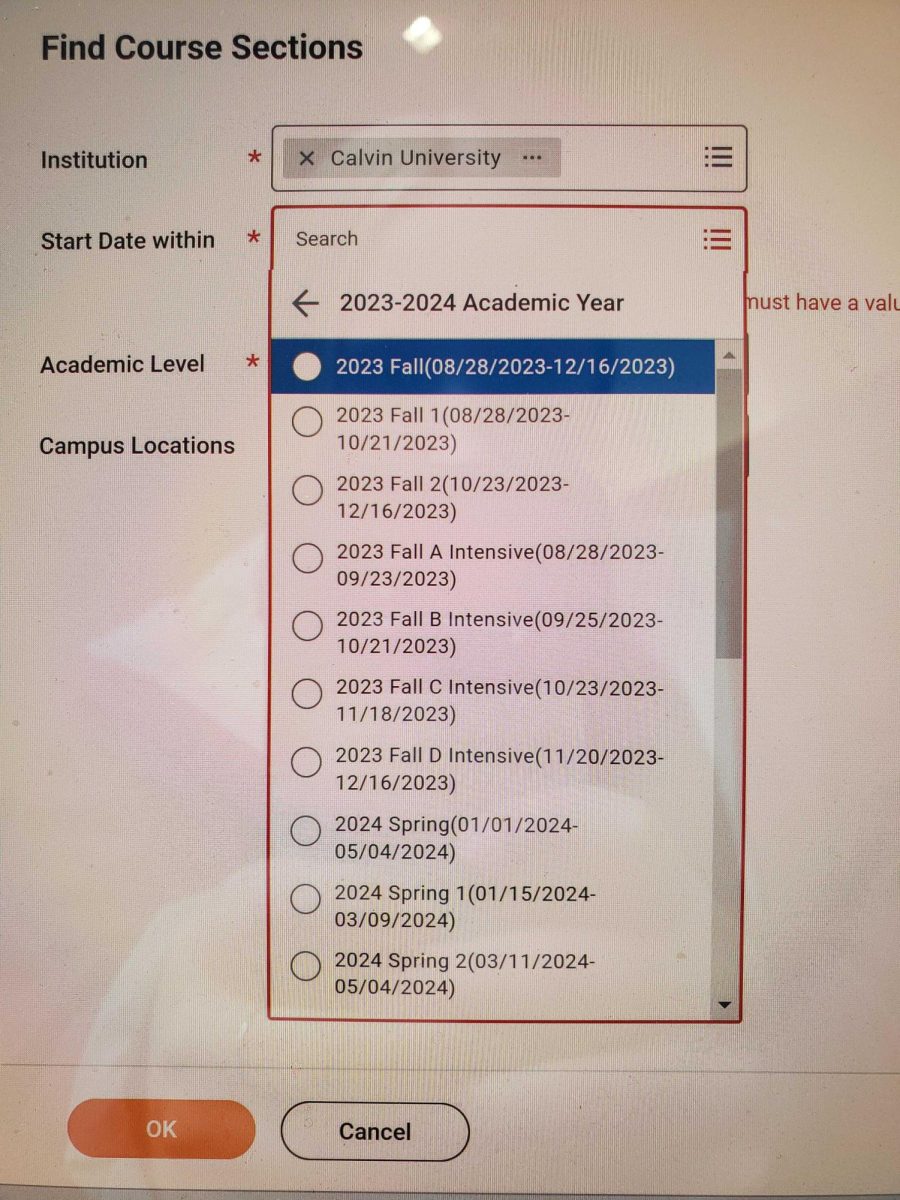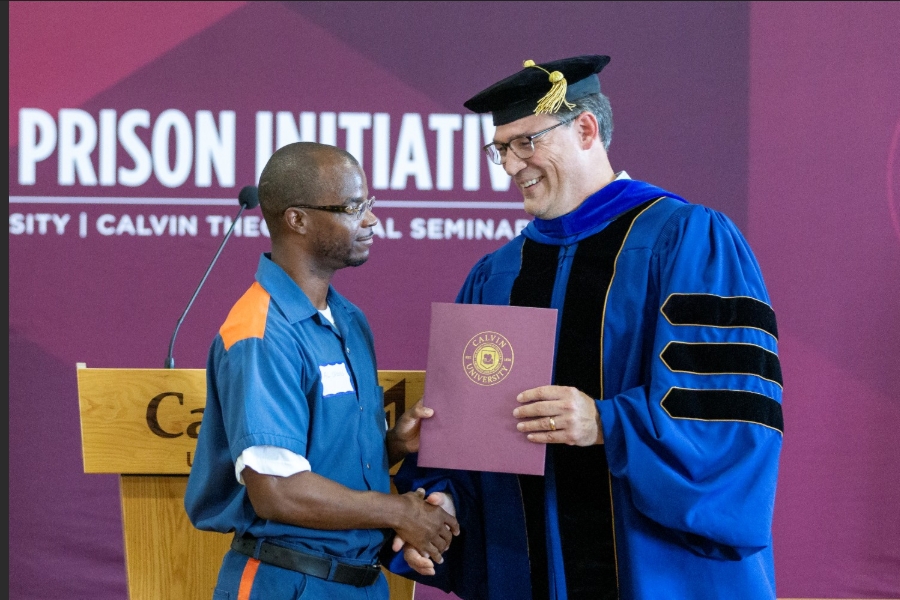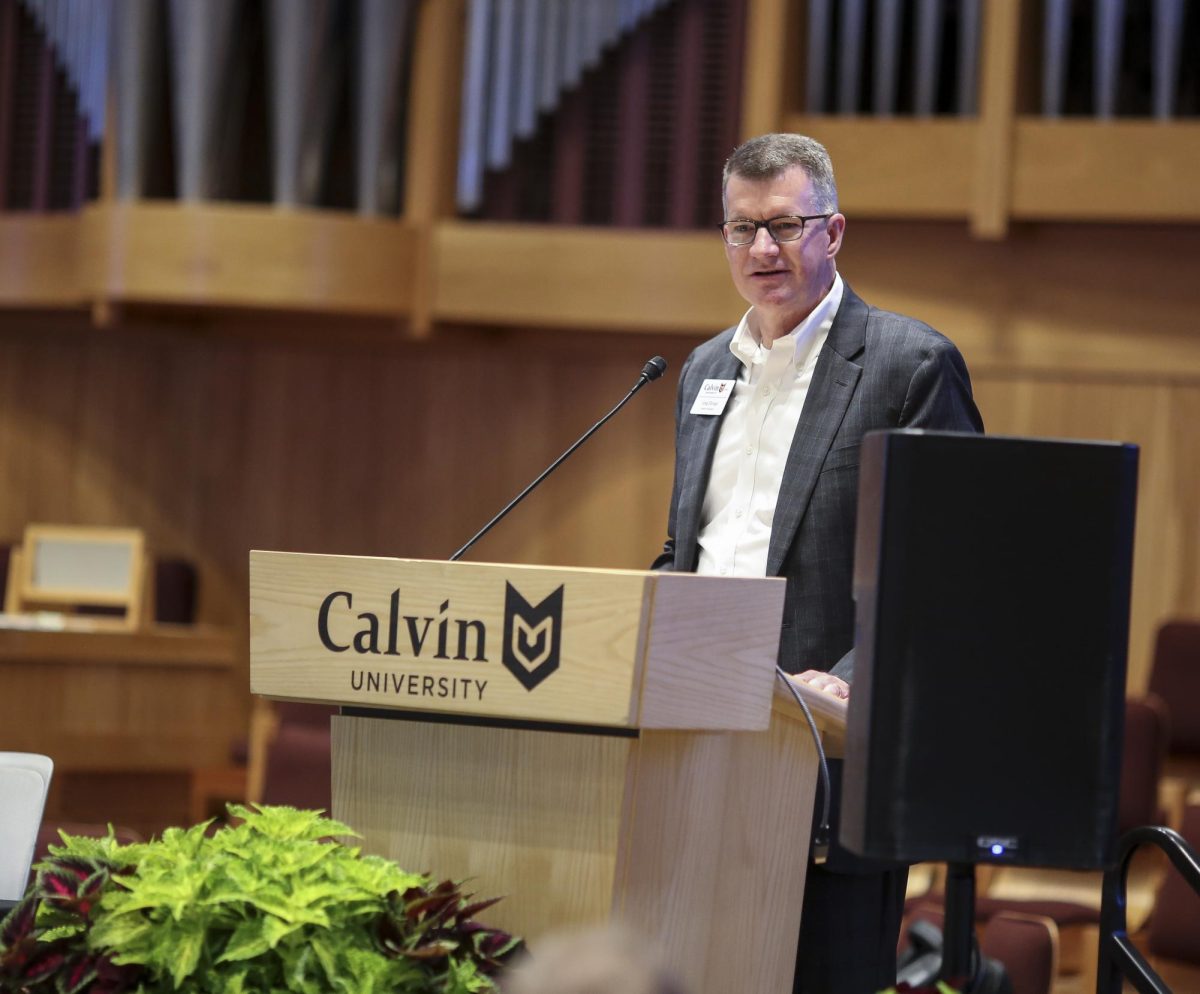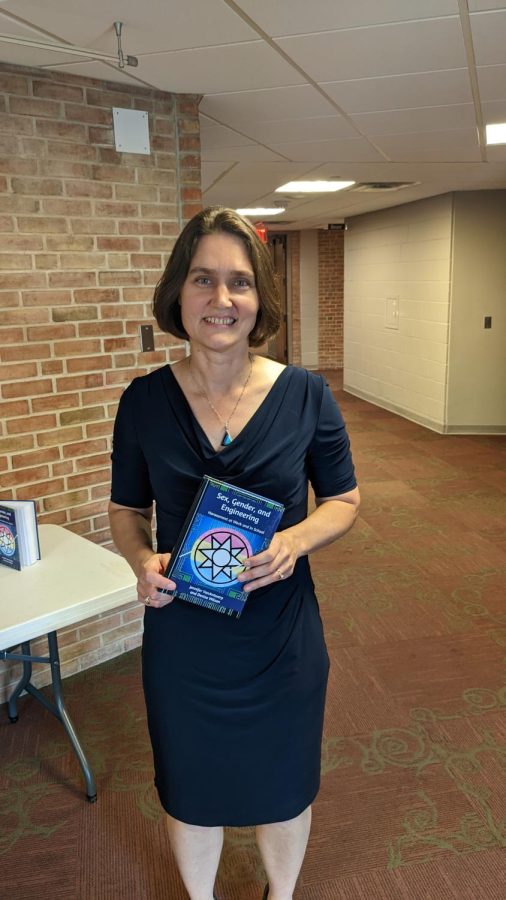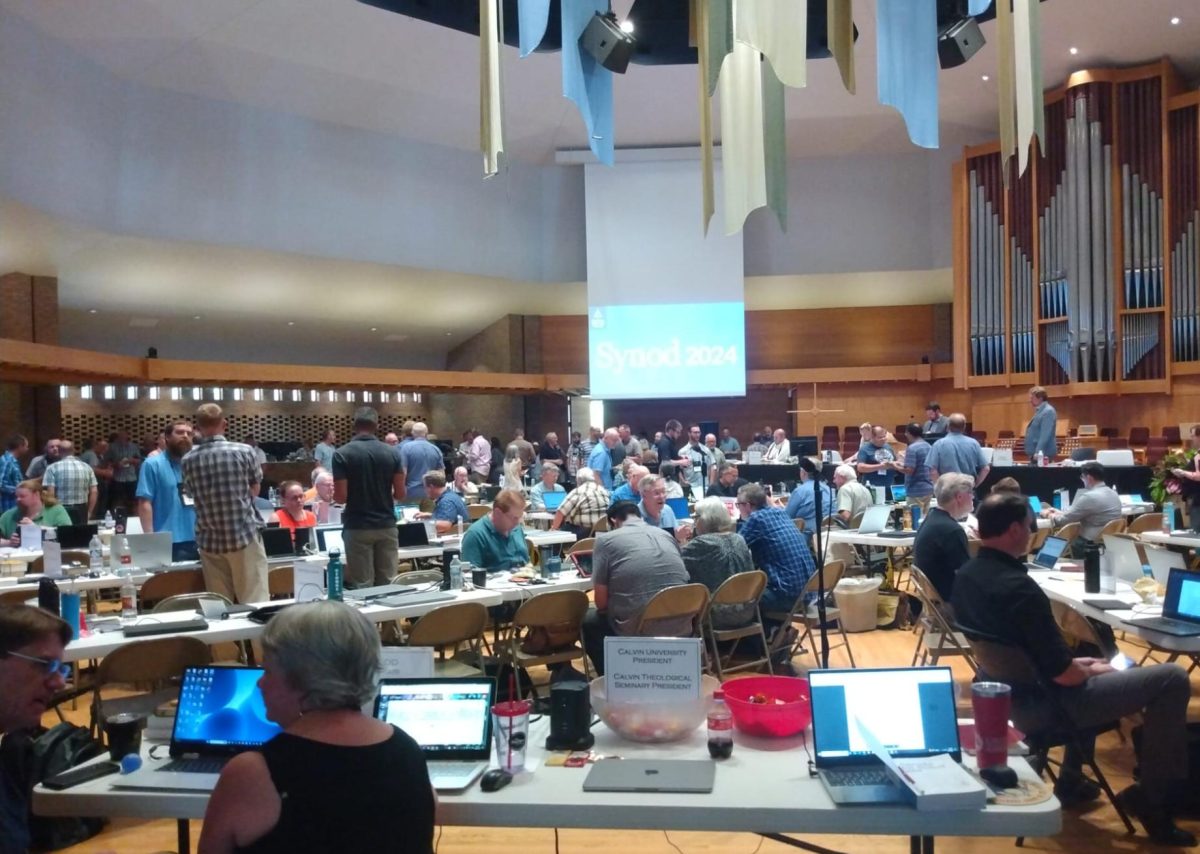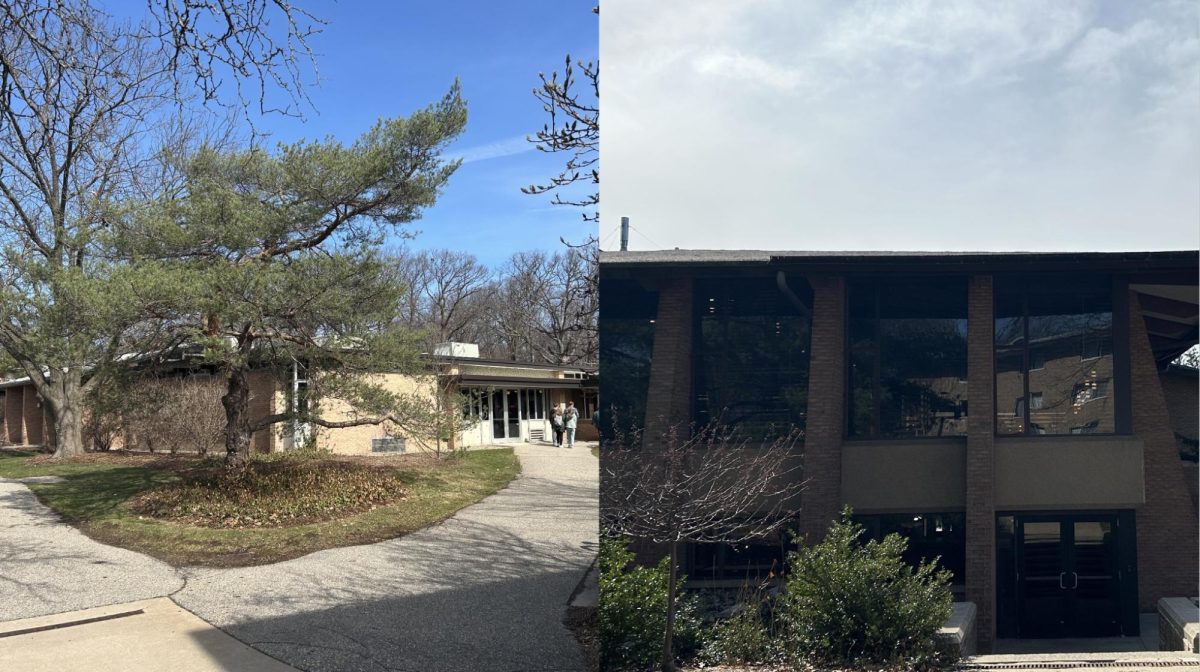Student class schedules have experienced several major changes for the 2023-24 academic year, due to the effects of the transition to the four-two credit system.
Major changes from last year’s schedule include the elimination of classes that meet four days a week, the creation of many courses with integrated lab components, and the return of classes that start at 8 a.m. Another change is that chapel now takes place at different times throughout the week. Chapel meets from 10:30-10:50 a.m. on Mondays, Wednesdays and Fridays, and from 9:50-10:10 a.m. on Tuesdays and Thursdays.
Rationale
Dr. Benita Wolters-Fredlund, dean of the School of Humanities, Arts, and Social Sciences, told Chimes that the new schedule was designed to keep the definition of a credit hour at 50 minutes of instruction time in a lecture-based course.
Keeping credit hours the same length meant either longer class periods or more courses that met four times per week. Wolters-Fredlund emphasized that classes meeting four times per week have a history of creating scheduling conflicts for students. Because of this, the Credit System Transition Taskforce designed a schedule with classes that met either three times or twice per week.
Classes worth four credits now meet Monday-Wednesday-Friday for 65 minutes, or Tuesday-Thursday for 100 minutes. Most two-credit courses are designed to meet for a half-semester, another innovation of the new scheduling system.
Opportunities
Tom Steenwyk, the university registrar, told Chimes that a benefit of the new system is a lighter workload on most students. Under the new system, students can take 16 credits while only enrolled in four courses. This contrasts with previous years as some departments were designed with 3-hour classes, forcing students to take five courses each semester to stay on track, Steenwyk said.
Furthermore, half-semester courses being regularly offered now allows students greater flexibility in dropping courses and modifying their schedule part-way through the semester. This is not the only way these new class schedules have increased flexibility. According to first-year student Olivia Palmbos, her 16-credit schedule gives her more time to work on homework than she had in high school. Palmbos is not the only one. Stephan Bovell, a senior studying recreational therapy, agreed that he has more time to do his homework during the middle of the day than in previous years thanks to being in a night class.
Challenges
Steenwyk told Chimes “There is still a reluctance to teach and take classes at 8:00, so most students have very compacted schedules around the middle of the day.”
One of the challenges of concentrating class time around the middle of the day has been the increased likelihood that “[students] have classes at 11:00, 12:15, and 1:30, leaving getting lunch a challenge.” Steenwyk said.
Palmbos and Bovell both have inconvenient lunch times on some days. Bovell has classes overlapping the dining hall lunch hour on Monday-Wednesday-Friday, and Palmbos says the gaps in her schedule aren’t very convenient for finding times to go to the dining hall.
Bovell also said that as someone who has ADHD, it’s “hard to stay engaged” for longer class sessions, particularly the new 100-minute block. Focusing for that length of time is especially difficult in a class he’s taking online, but Bovell said professors generally do a good job mixing up learning strategies.
Wolters-Fredlund acknowledged that endurance and attention span are likely more of a hurdle for both professors and students, especially at the beginning of the transition. However, the hope for longer class periods is that professors have more freedom to explore new teaching methods.
Bovell also mentioned that the half-semester courses can make it feel like there’s a second finals season. However, even with the new challenges brought by the shift, Bovell is “confident the new system can work” after a year or two of experimentation.



